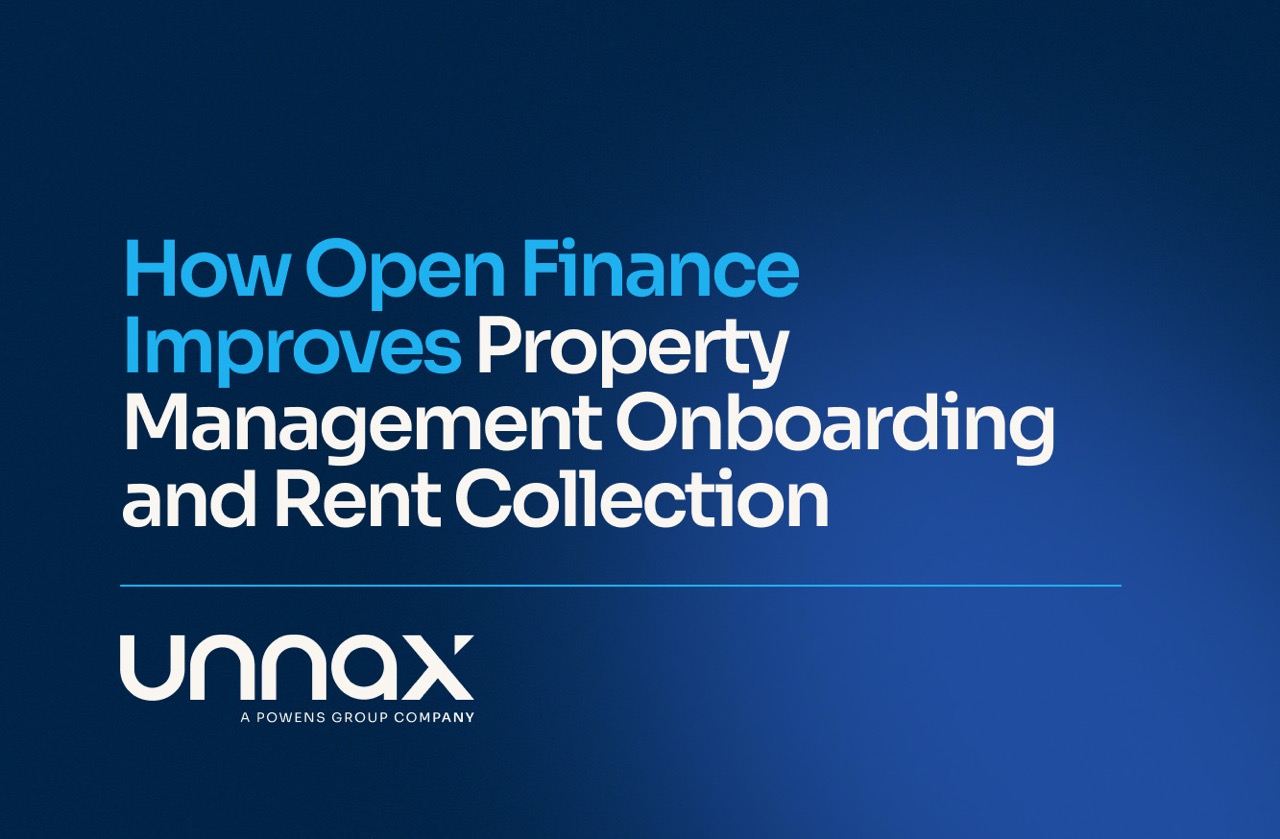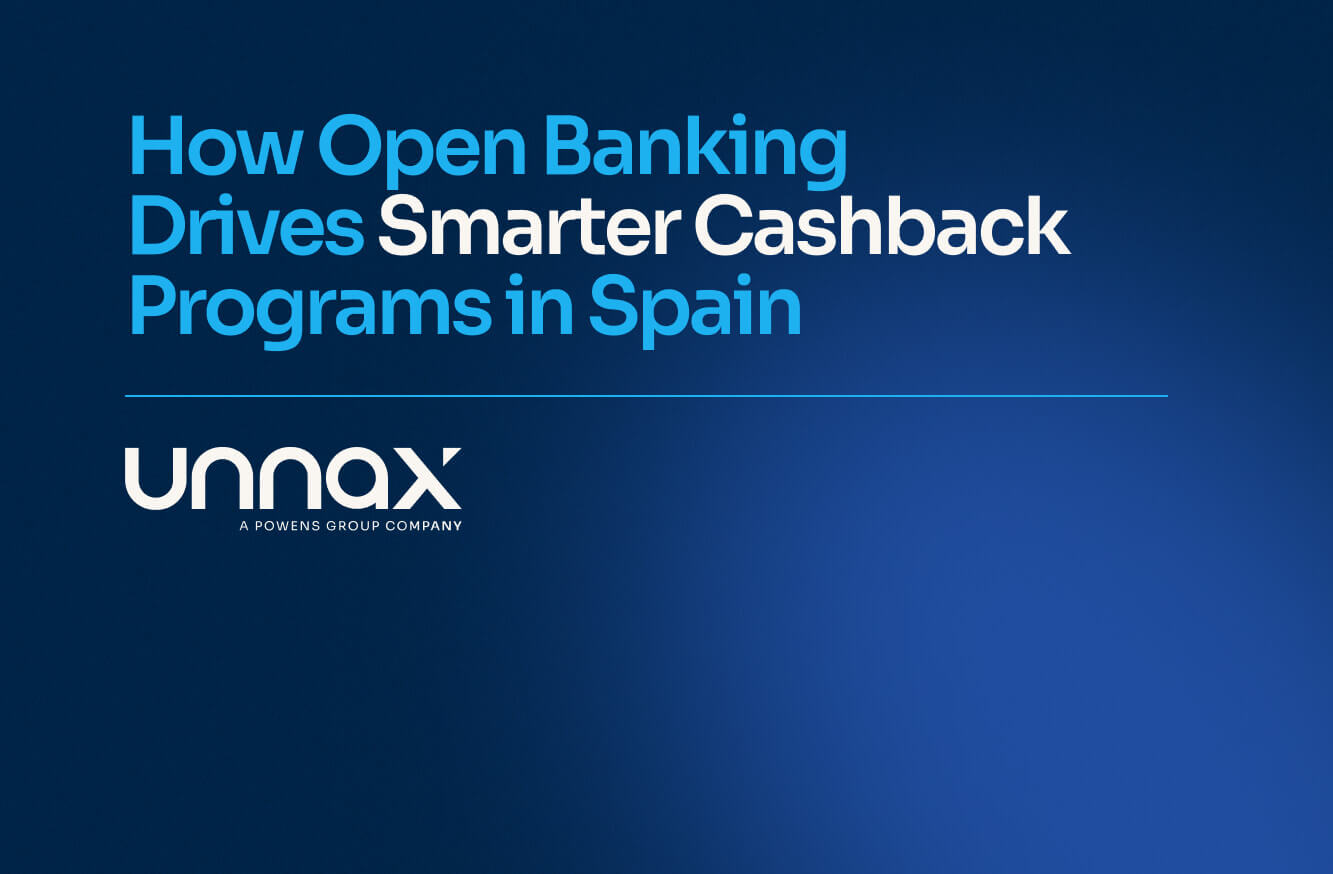The Coronavirus, and the efforts to contain it, has brought unprecedented challenges across the globe. Amidst overwhelmed health care systems and a frozen economy, the virus has been costing thousands of lives and increasing economic hardship for many more. With people facing an uncertain future, the world is anxiously waiting for a return to normality.
Retailers are in a dire position as well with sales figures taking a hit. When the economy (hopefully) restarts later this year, the surviving companies will have their work cut out for them to make up for lost sales. If that wasn’t enough, the economy will be in a recession, with consumers – scarred from the Coronavirus lockdown – hesitant to spend.
Fortunately for merchants, there is a powerful tool at their disposal to encourage spending: credit. By providing financing to buyers, merchants can not only boost sales but also help consumers better manage cash flows. If that wasn’t enough, lending provides much-needed ancillary revenue.
But given the many future unknowns, is the credit sector adequately equipped to help retailers and consumers get back to business? And when lockdowns end, will credit providers be able to handle the deluge of requests coming?
After all, in the best of times, lending comes with a multitude of risks, including credit, default, and becoming overleveraged. Shoppers are now turning towards online shopping out of necessity; a trend likely to continue in the future. The traditional credit scoring methods lenders depend on could become insufficient in a volatile, uncertain world. So how can the credit sector maximize its loan book while minimizing arrears and defaults? The solution to this problem will be account aggregation services that leverage Open Banking to provide a real-time, holistic view of a customer’s financial position. As we’ll see, this will be central to meeting the challenges brought by the post-COVID economic turmoil.
The income uncertainty challenge
Before this shutdown, the fundamentals of the global economy were sound. There were signs of a worldwide slowdown looming. However, a great depression-like event was almost unthought of. Now, many economists and central bankers predict global growth will contract by at least 3% this year.
The Coronavirus recession is different from previous downturns where the business cycle dictated the contraction. Now, it’s the governments around the world who virtually switched off the economic engine overnight by (rightfully) introducing stay-at-home regulations to protect people’s lives. Companies sent workers home. Offices closed. Collectively, hundreds of millions of people have lost their jobs, with the more fortunate ones receiving unemployment benefits.
Now, consumers are fearful of going broke, playing defense with their uncertain budgets. The financial backstops promised by the governments only help in the immediate future, leaving people to worry about their medium-term finances. If borrowers must prioritize their diminished income for survival, then reimbursing loans will come second to putting food on the table. In other words, default and arrears rates will almost certainly go up.
The credit sector has to adapt to this new reality. Monitoring risk on a continuous basis will become mandatory for creditors wanting to avoid overexposure and default. When the economic engine restarts, the level of income uncertainty will only grow larger.
When the weakened economy opens up again, will the credit sector be ready?
If our current efforts to contain the Coronavirus pay off, economists predict that the recovery from the Great Lockdown will start in the second half of 2020. When it does, we know that:
- It will be a gradual reopening to keep the healthcare system functional;
- The re-opening will coincide with an acceleration in consumer spending, even if income certainty is still low.
The first point is straight-forward as both flattening the curve, and managing flare-ups will remain a top priority. Until there is a definitive antivirus, we won’t be back to our pre-Corona world (and for the record, we fully agree with this reasoning).
The second point will be enormously challenging for the credit sector. Once the lockdowns gradually end, merchants will be eager to make up for lost sales. Consumers, still wary of parting with their cash, will need added incentives to go back to spending.
Credit provides merchants with an excellent conversion tool. With the right marketing, a seller could entice a would-be buyer to spread out a big purchase (i.e. a large refrigerator, washing machine or TV) using a loan.
Consumers will be more inclined to borrow, since a loan both makes up for lost income and helps normalize cash flows. Indeed, it’s entirely conceivable that point-of-sale lending will become more popular as the economy crawls back to life.
While this development might sound like good news for lenders, it also creates brand new problems. With increasing demand for new loans, they will need to be prepared to handle mounting requests. Additionally, more than ever, they’ll have to make sure their risk scoring tools will give them a satisfactory view of their exposures.
The traditional tools are out of date
In better, less-volatile times, the lending process was mostly static. When a borrower applied for a loan, a credit issuer would run a check on the person’s financial profile. To do so, they assign credit scores to each potential borrower, using a compilation of different indicators, including income stability, debt repayment history, and financial assets.
In particular, the credit company would look at a person’s income and expenditures to determine their buyer profile. It would do so by taking a ‘snapshot’ of the person’s finances, generating a static image of their spending behaviors. At the time, this process made sense. Aggregating financial data points across multiple banks and lenders is tedious. Credit agencies would only revisit these portraits periodically to make reassessments.
However, this model is no longer sufficient in our current time. There is no clear timeline for the return to normality. Some people will stay on unemployment benefits longer than others. Many will change jobs as the economy recovers. Spending habits will alter faced with uncertainty, even as economic activity picks up. Consumers will borrow more either via loans or credit cards to make ends meet. In other words, the traditional tools are out of date.
Lenders that lack an adequate picture of a borrower’s risk either absorb those risks onto their balance sheet or misprice loans. Combined with the towering uncertainty under the present circumstances, lending firms can no longer wholly rely on credit agencies for accurate scoring should they want to survive going forward. Thankfully, account aggregation can step up to the challenges.
Aggregating accounts for superior credit scoring
Account aggregation services use Open Banking to consolidate a person’s financial data into one stream via an API. This tool collects all available financial touchpoints, including bank accounts, loans, and payment cards, then packages it into a JSON or XLSX file. For the credit sector, this tool has a couple of excellent advantages.
First, a lender can study the potential borrower’s spending habits. Does this person spend a lot on discretionary purchases, say via an online retailer? When they do make these purchases, how much do they spend? Are they ordering food for delivery often, or do they spend more money in grocery stores? Is there a particular time during the month that they make these transactions?
Being able to see the finite details of borrower spending behavior can reveal insights that a static view simply cannot. A credit agency might say a borrower has positive cash flows. In reality, the person has a penchant for splurging, which could prove risky if his income drops.
Second, the creditor can examine all of a borrower’s bank accounts to perform rolling risk analysis. For example, the lender can filter out payments made to other lenders such as mortgage originators and credit card issuers. Does this person repay their debts on time? Do they frequently overdraft their bank accounts? How often do they get paid?
Account aggregation gives creditors a more holistic view of the risk in their loan books. Contrasted to the static image credit agencies provide, lenders can monitor their borrower’s credit-worthiness in real-time. As you can imagine, this continuous information stream allows the firm’s risk officers to see their exposures with high accuracy and forecast potential defaults looming on the horizon.
In turn, they can adjust their lending activities to ensure diversification without becoming overleveraged. In an unstable pandemic economy, being able to extend credit, limit arrears, and manage risk is paramount to survival for lenders of all sizes.
Conclusion
The recovery from the Coronavirus will be long and uncertain. With both consumers and retailers weakened and facing the unknown, the credit sector can play a central role in the economic revival. Retail lending was already becoming more prevalent before the Great Lockdown. If these firms are to be successful, they must embrace tech tools like account aggregation.
Failure to do so, means putting business at unacceptable risk. From here on out, consumer income profiles will change by the day. What metrics worked before can no longer adequately protect the loan book from excessive arrears and defaults. The consumer lending market has plenty of room to grow. However, only those who embrace new technologies such as Open Banking will be able to make use of this opportunity without exposing themselves to greater levels of risk. Indeed, in these trying times, lenders cannot afford to ignore the available tools at their disposal.









